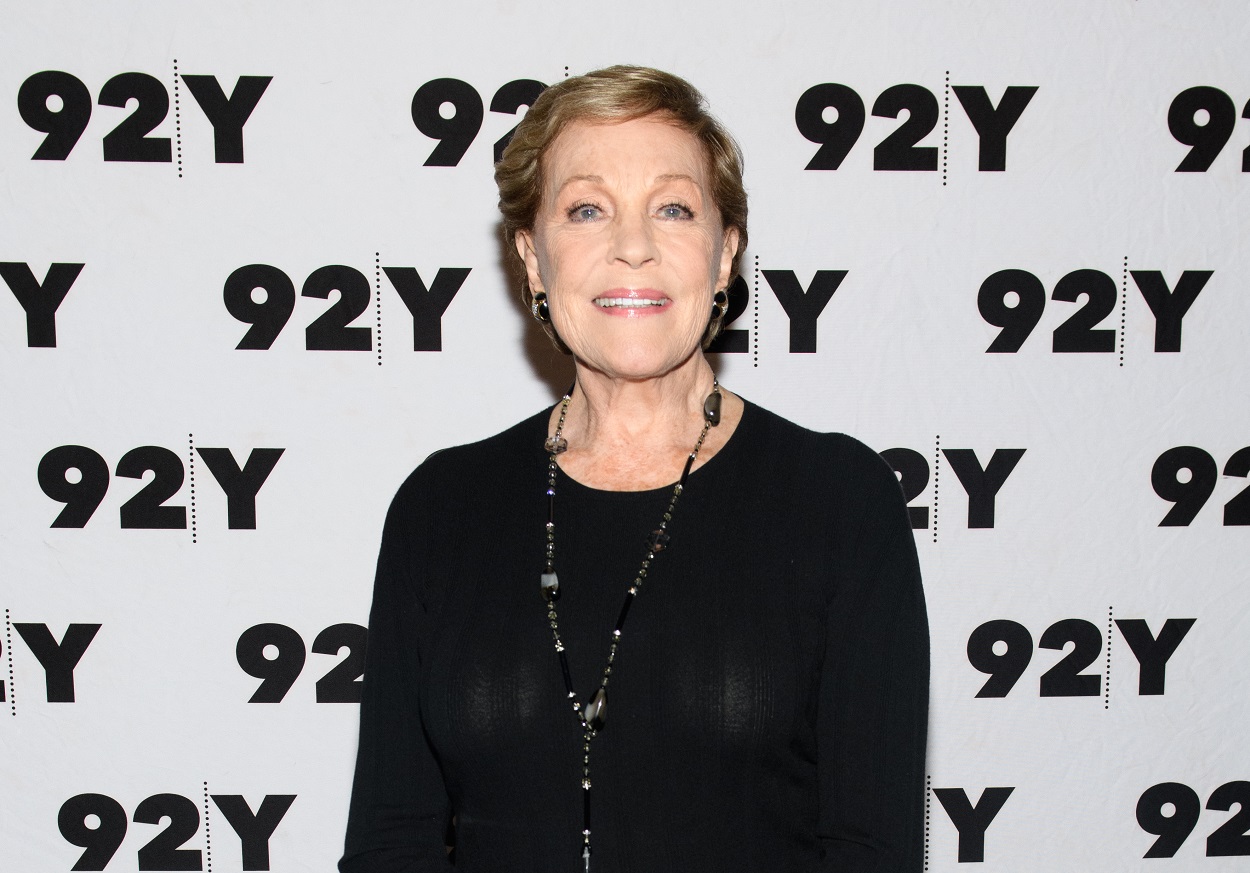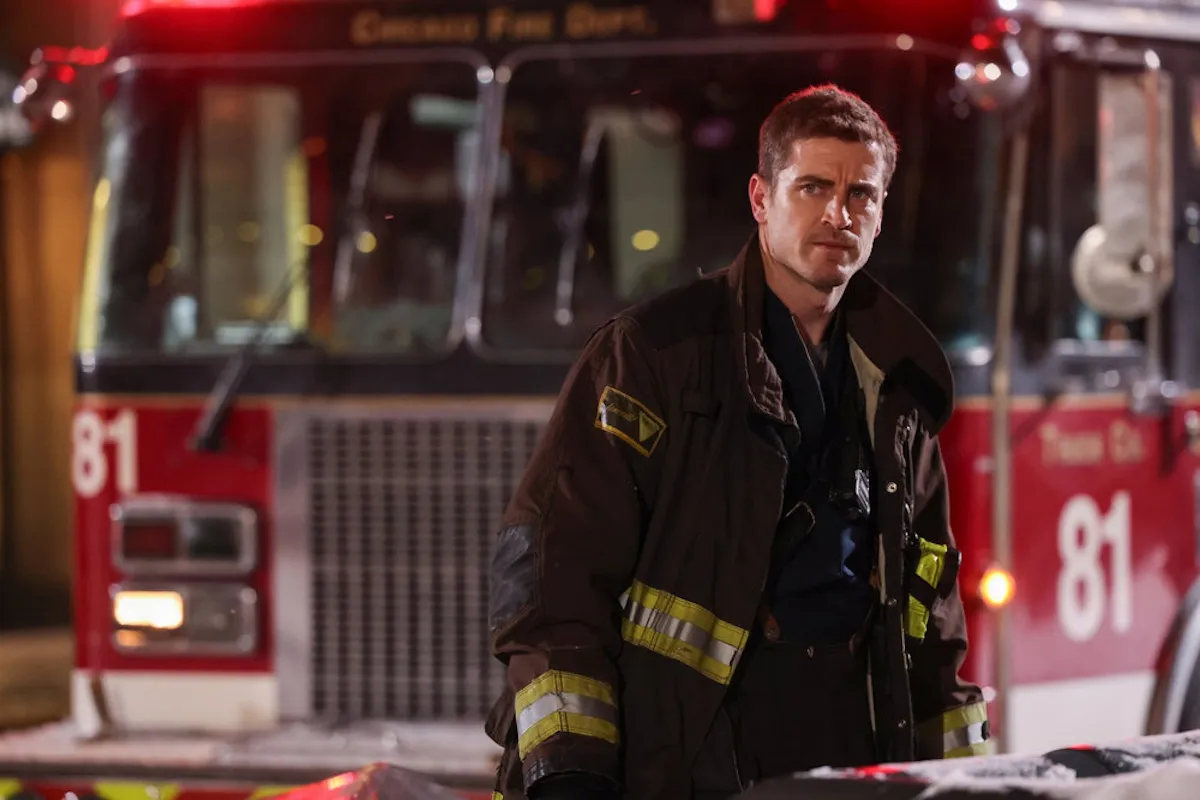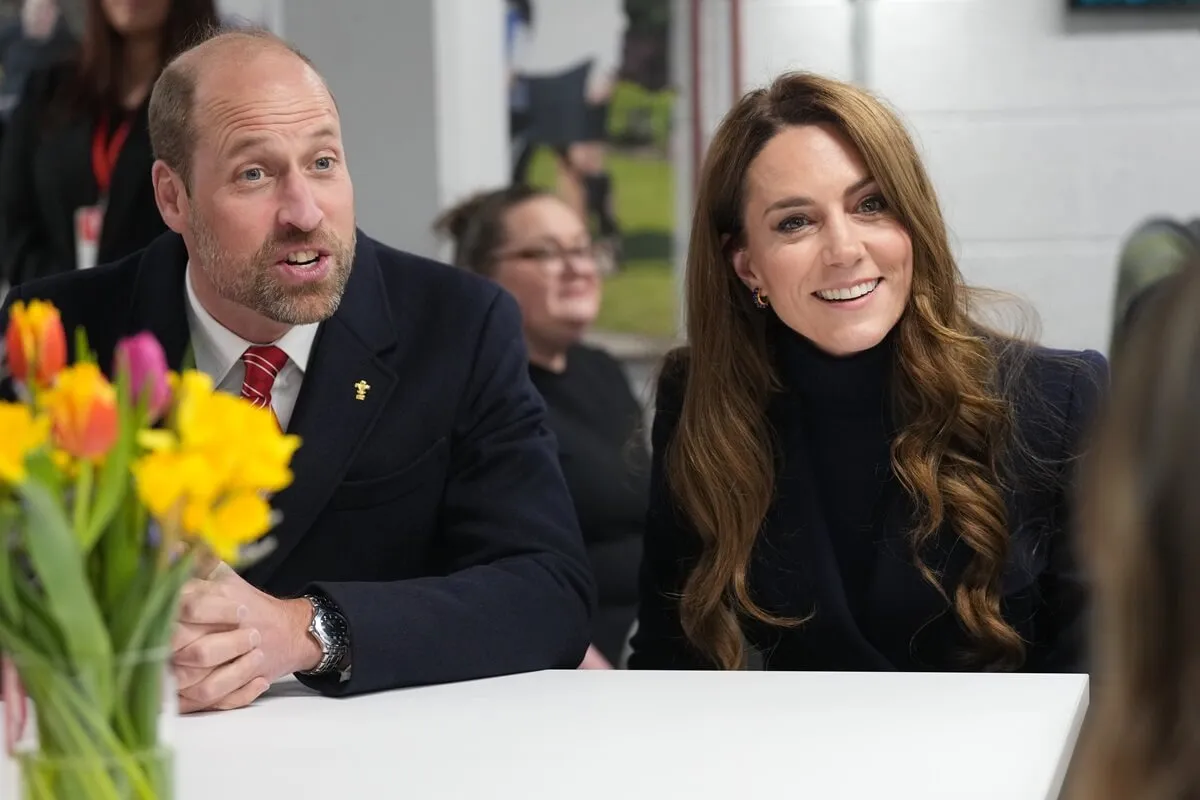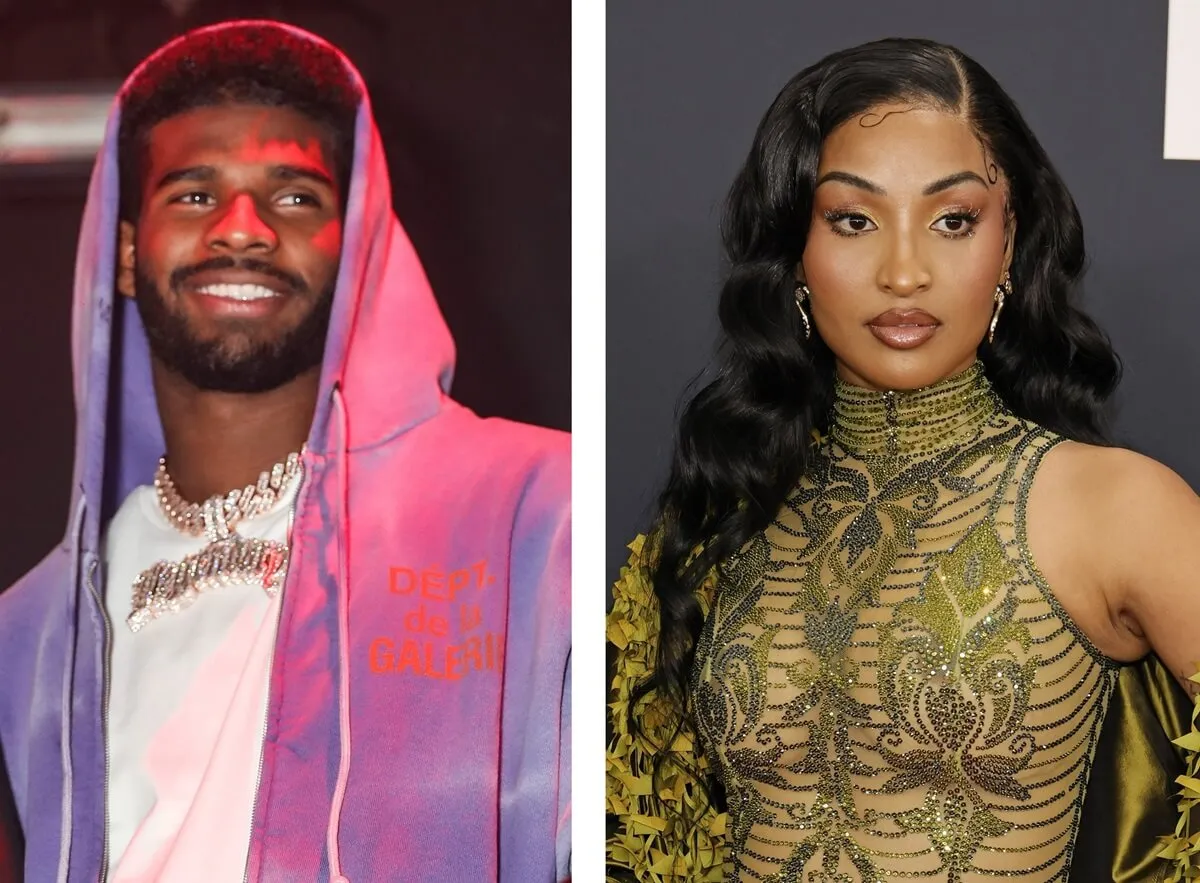MGM Rejected Julie Andrews For Being ‘Unfilmable’ and Made a Massive Mistake
We love a good underdog story. Tell us about the writer who has their work rejected again and again before making it big. Replay the scene from Pretty Woman where Vivian returns to the store to tell off the clerks who wouldn’t serve her and let them know about the huge mistake their judgment was.
We eat it up because the tale of overcoming adversity in the form of ridiculous gatekeeping standards has universal appeal. We all want the chance to prove the doubters wrong, to shine when they told us we couldn’t.
For many actors in Hollywood — especially women, who are often held to very narrow beauty standards — there are countless stories of stars who had to fight against the grain to get their fair shot at the spotlight. Among them is Julie Andrews, who was initially rejected as “unfilmable.”
Julie Andrews started her career on the stage

The English stage saw the birth of Andrews’ career when she was a young woman. As Biography.com reports, the English actor was born in 1935 and acted in several plays throughout the 1940s.
By the mid-1950s, she took her stage career to America with the starring role in The Boyfriend. Her performance in the stage version of My Fair Lady alongside Rex Harrison earned her a Tony nomination, and she followed it up with another nod for the award with a critically acclaimed performance in Camelot.
Andrews showed immense singing talent and had more than proven her acting chops with this considerable stage work, so it made sense that she would make the leap into films.
Moving from the stage to film wasn’t always easy
Andrews began acting when she was just 12 years old, and she tried her hand at breaking into the film world early on. As BBC America reports, her early performance in a music revue at the London Hippodrome caught the eye of some recruiters who asked her to screen test for the British division of MGM Studios.
Unfortunately, the young Andrews didn’t make the cut, and the reviewers actually referred to her as “unfilmable.” Undeterred, Andrews continued on her way through stage acting, and it looked like My Fair Lady might be her chance to make the leap onto the big screen.
When it came time to cast the film version, however, Andrews was once again passed over. The part instead went to Audrey Hepburn, who studio head Jack Warner believed to be more recognizable and therefore a better draw for the film.
Ultimately, the snub worked in Andrews’ favor because she was available to be cast in one of her most famous roles: Mary Poppins.
Julie Andrews proved the doubters wrong
There is no doubt that Andrews left an indelible mark on cinema, and she went on to make multiple film appearances that proved she was anything but “unfilmable.” Mary Poppins and The Sound of Music remain two of her most iconic roles, and both pull heavily from her work on the stage and her tremendous singing voice.
In addition, Andrews made multiple films with her husband Blake Edwards and earned herself plenty of accolades — including multiple Oscar nominations — along the way.
In 1997, tragedy struck when a botched operation cost Andrews her famous singing voice. The star was devastated at the loss of identity, but it didn’t stop her from continuing to work. She went on to play the Queen in The Princess Diaries and its sequel and do voice work for the Shrek movies and the Despicable Me franchise. Recent projects also include television series work with roles on both 2017’s Julie’s Greenroom and 2020’s Bridgerton.


